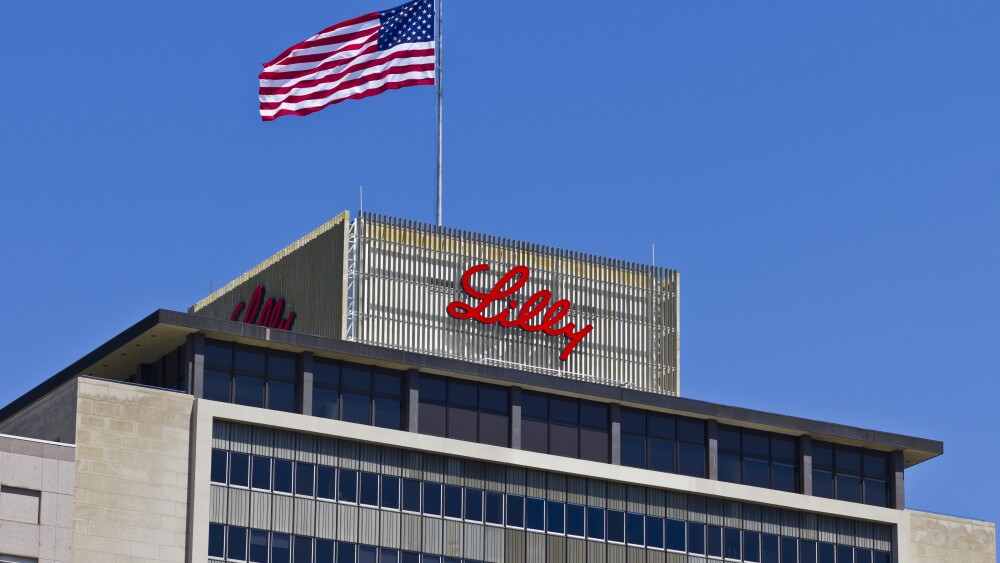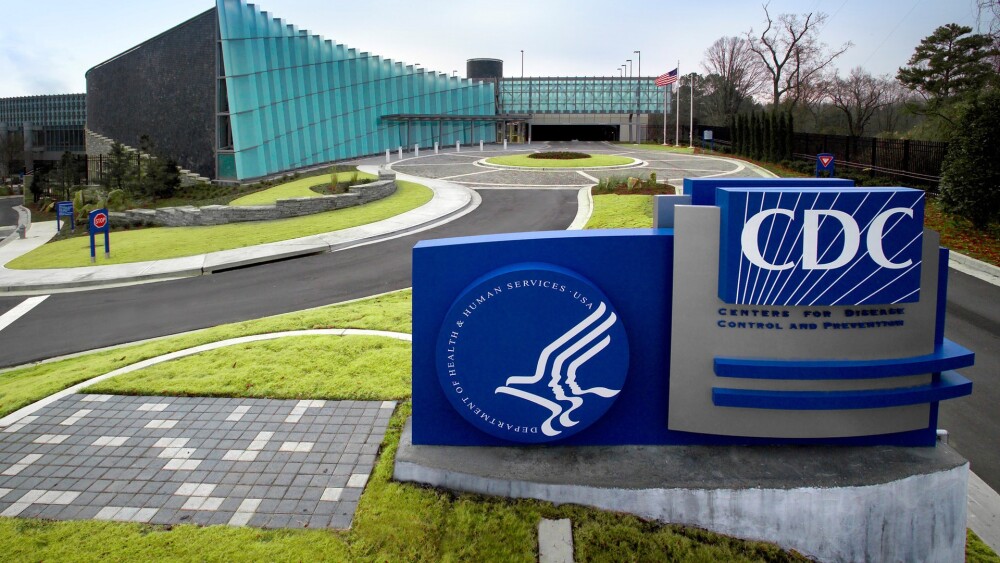While Eli Lilly’s orforglipron is full speed ahead for a regulatory filing this year, the pharma is also pushing forward with one more Phase II study of naperiglipron, which uses the same scaffold as Pfizer’s failed obesity drugs danuglipron and lotiglipron.
Eli Lilly has terminated two Phase II studies of naperiglipron, an investigational oral obesity therapy, while it continues to forge ahead with a third mid-stage trial.
Both studies were discontinued for “strategic business reasons,” according to updates to their respective clinicaltrials.gov pages. A spokesperson for Lilly, who confirmed the trial terminations to Endpoints News on Friday, declined to provide additional information, noting only that results from the remaining ongoing study of naperiglipron “will inform the next steps for this program.”
One of the cut studies was originally designed to test the weight loss pill versus placebo in 150 patients with overweight or obesity and type 2 diabetes. Only one patient enrolled in the trial. Similarly, the second study was only able to onboard one patient out of its goal of 220 participants. It was designed to focus on a population of adults aged 55 to 80 years with a body mass index between 22 and 25 kg/m2.
The last remaining ongoing study for naperiglipron remains open to enrollment, with a recruitment target of 275 patients with overweight or obesity. Participants will be dosed once daily with naperiglipron or placebo. According to its clinicaltrials.gov page, the study began in November last year and has a primary completion date of April 2026.
Naperiglipron is an orally available small molecule agonist of the GLP-1 receptor. Like other drugs in this class, it works by promoting the release of insulin from the pancreas in response to blood sugar levels, and by suppressing appetite. In a June 23 note to investors, however, analysts at BMO Capital Markets noted that naperiglipron uses a similar design scaffold as Pfizer’s danuglipron and lotiglipron—both of which have been discontinued due to safety issues.
“While history for the scaffold has been challenging, we are interested to learn more why Lilly believes it can evade these past pitfalls,” BMO wrote at the time, adding that the asset could also help the pharma diversify its oral obesity portfolio.
Currently, Lilly’s oral weight-loss push is anchored by the late-stage orforglipron, which likewise works by activating the GLP-1 receptor. While many analysts consider orforglipron the de facto leader in the oral obesity space, recent readouts have cooled expectations. Last month, for instance, a readout from the Phase III ATTAIN-1 study disappointed investors, sending the pharma’s shares sliding 7% in its aftermath.
In the trial, a 36-mg dose of orforglipron cut weight by 12.4% in patients with obesity or overweight but not diabetes, falling shy of the market’s 13.4% expectation based on Novo Nordisk’s injectable semaglutide.
Last week, results from the late-stage ATTAIN-2 trial demonstrated a 10.5% weight reduction in patients with overweight or obesity and type 2 diabetes. These data, according to analysts at Truist Securities, were “in-line” with expectations, but leave “room for competition.”






